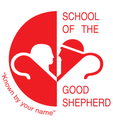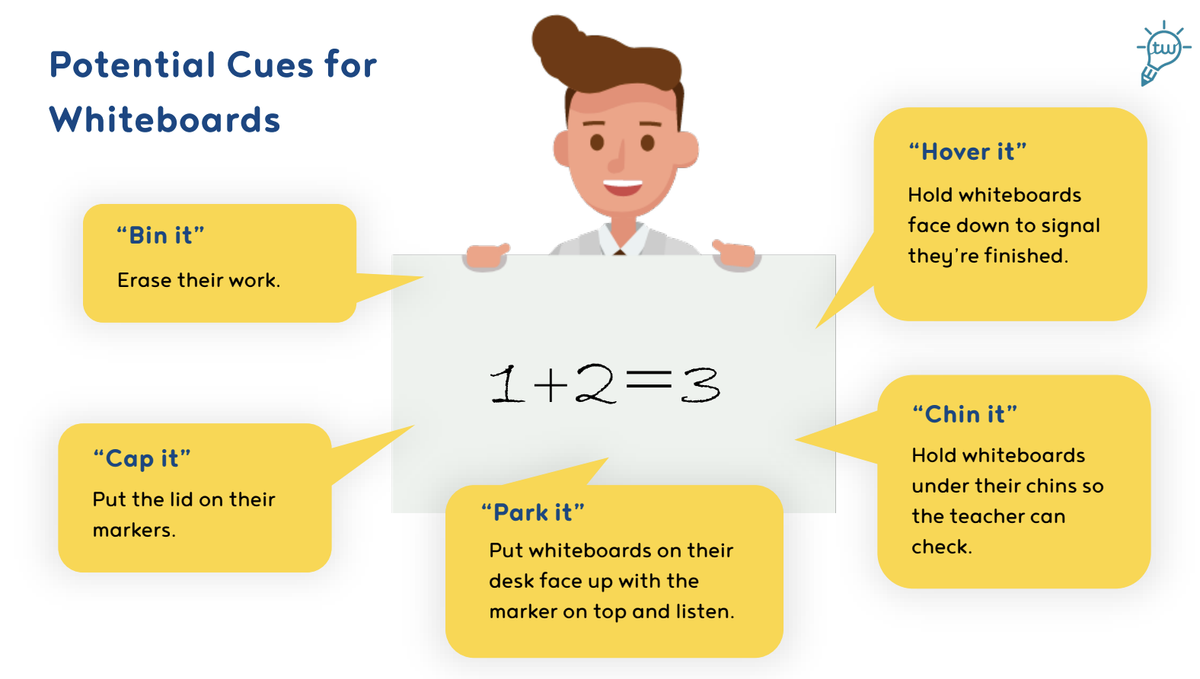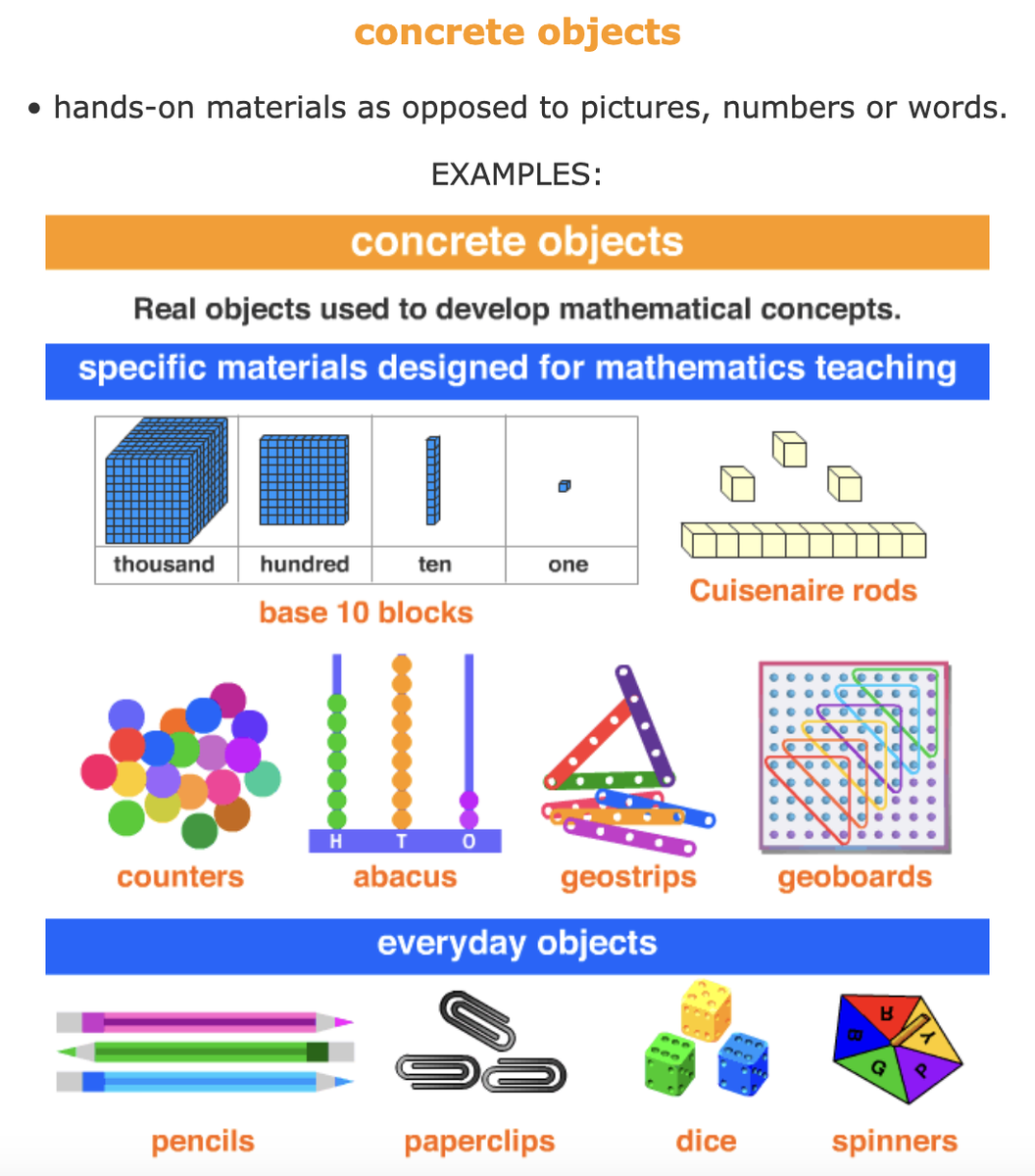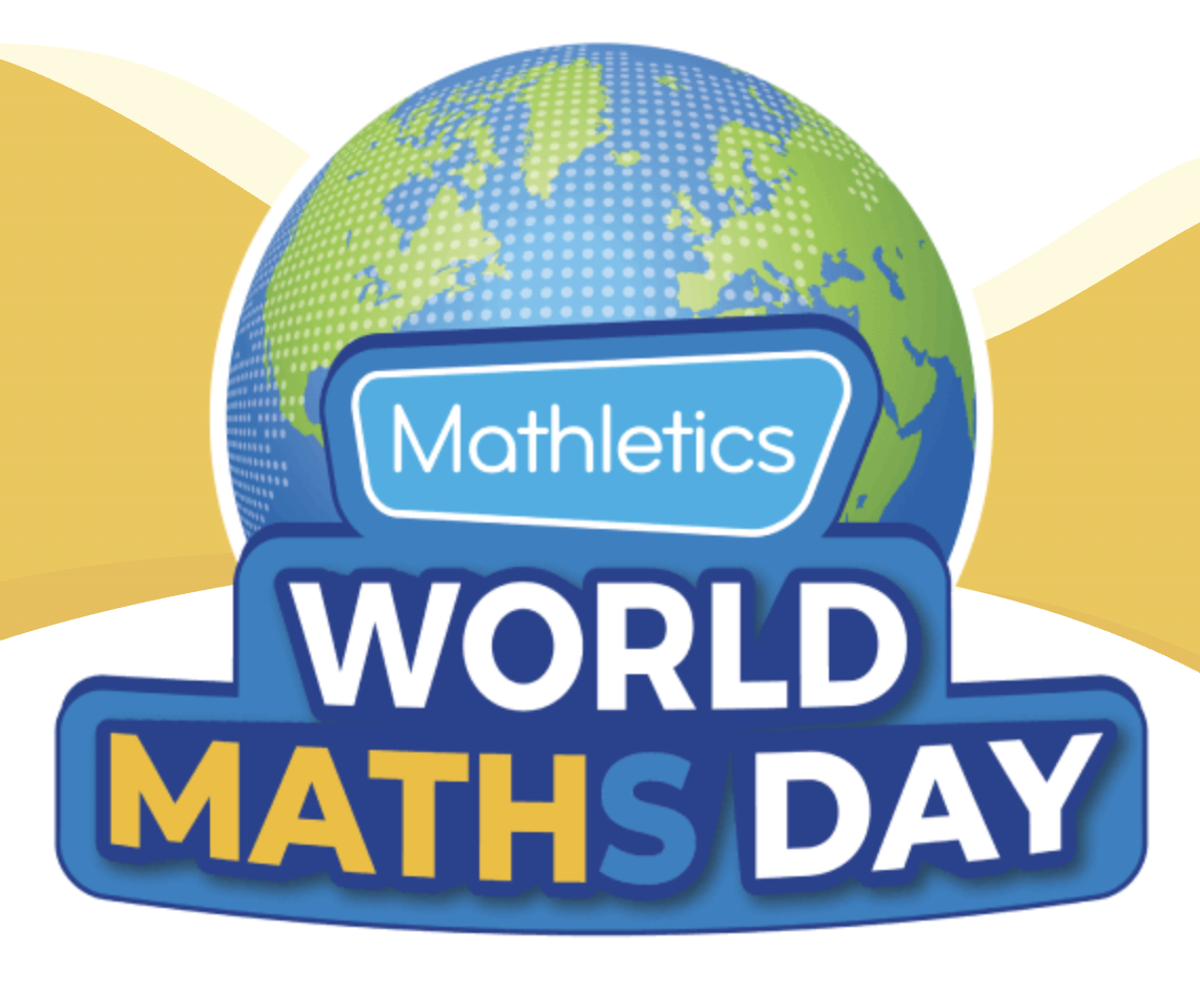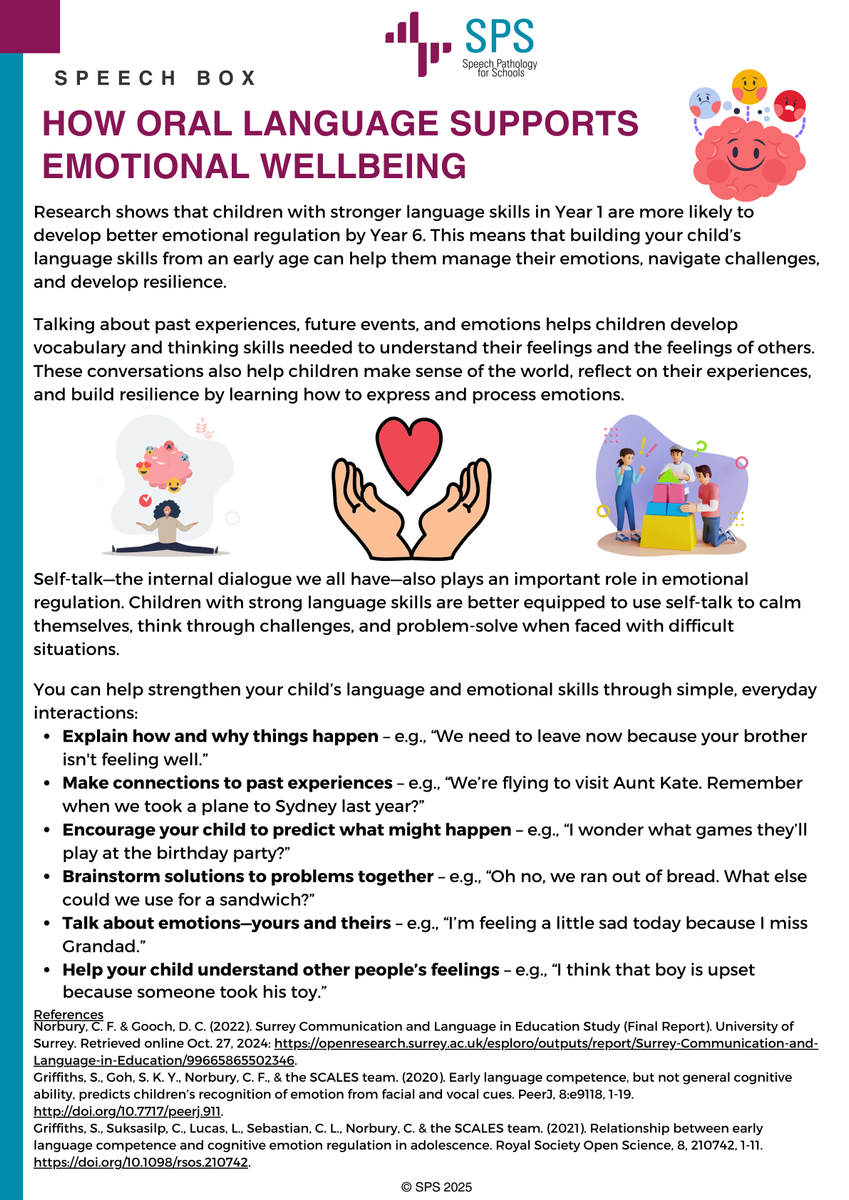LEARNING AND TEACHING

Mathematics at School of the Good Shepherd
Mathematics involves developing an understanding of numbers and quantity, operations, patterns, space, measurement, and shapes, and it builds in complexity as students progress throughout their schooling years. To be successful, students need to understand what quantities and numbers mean and how to represent them with objects and numerals (e.g. use number lines, get students to count fluently, and compare amounts). They need to develop fluency with addition, subtraction, multiplication, and division. Students need to be taught mathematical concepts such as the ‘why’ and ‘how’, in combination with procedures and rules. They must use concrete (hands-on) materials and visual representations to show concepts and procedures. Students need to be explicitly taught problem-solving and reasoning strategies. They need to use correct mathematical language when verbalizing explanations and when solving problems. And finally, students need explicit instruction.
So what does a typical mathematics lesson look like at School of the Good Shepherd?
Firstly, every student participates in our Daily Review part of the lesson, for no more than 10-15 minutes. This ensures students are developing their fluency skills, along with making sure they are retaining the information that has been taught previously. Students follow the whiteboard rules/cues when participating in Daily Review to demonstrate their understandings to their teachers:
Following the Daily Review, teachers will explicitly teach content to the students. This entails the teachers fully explaining the concepts, vocabulary and skills the students are required to learn. This does not mean that students are passively receiving information however, as they will often be asked to repeat the learning or their understanding to their teacher and/or peers.
Teachers will model the learning to the students, breaking down what they need to learn into smaller outcomes. They will model each step so that students can see what is expected of them. This is often done with concrete materials (some shown in the image below) and visuals to help support this understanding, particularly with number based concepts.
Teachers provide multiple opportunities for the students to practice the mathematical learning being taught, with or without concrete materials, through guided practice and independent practice. It begins as guided practice, before their support is gradually removed. This is done as students develop their understanding of the mathematical concept being taught and can work more independently. The students will be monitored of their progress and feedback will be provided based on this progress.
Students may demonstrate their understanding through either group or individual work, depending on what the teachers are assessing for. Teachers are constantly assessing students to ensure you are informed of your child’s progress regularly through conversations and written reports. Teachers also share what mathematical concepts are being taught through the Curriculum Overviews at the beginning of each term, so that you stay informed and can have discussions with your child about their mathematical learning.
World Maths Day
World Maths Day is an international celebration of mathematics, celebrated every year, to make mathematics exciting and engaging for all school children. This year, it is celebrated next Wednesday March 26th. At School of the Good Shepherd, we are going to celebrate by engaging in some fun mathematics games and activities on the day. These activities will be shared with families through Seesaw, so that we can share the excitement with you all!
Information form our Speech Therapist!
